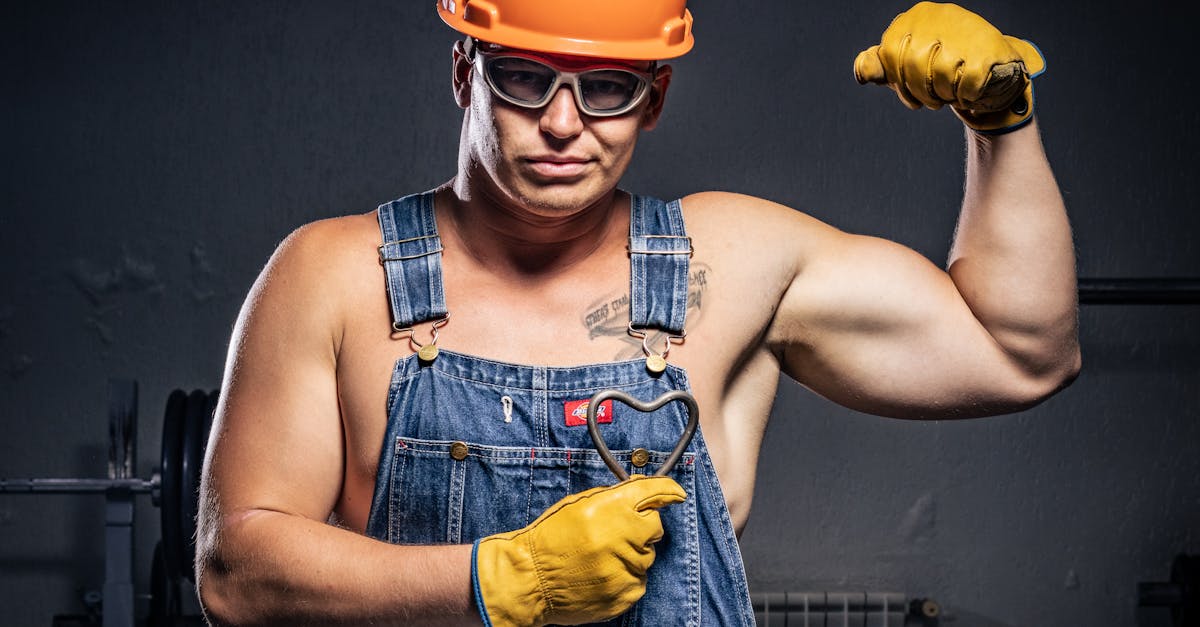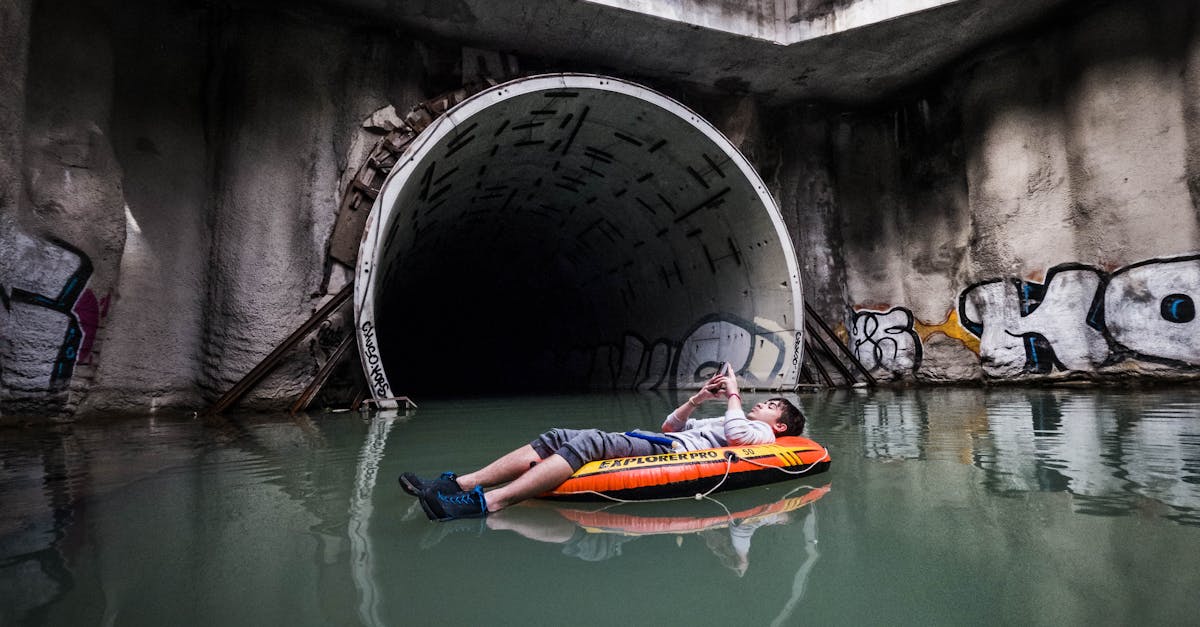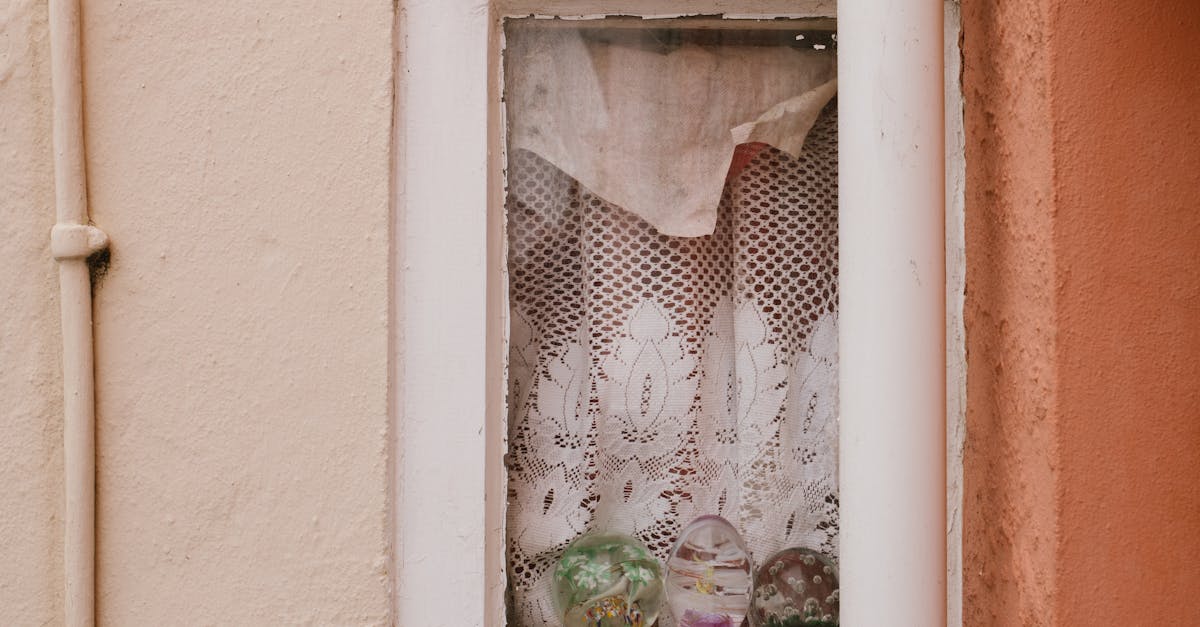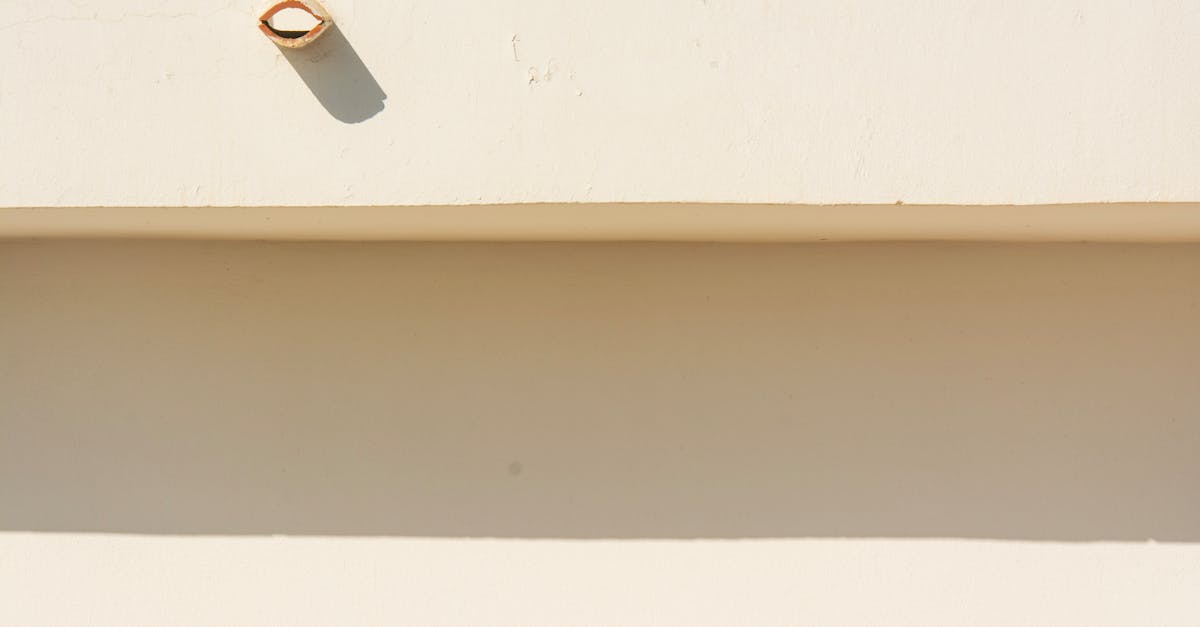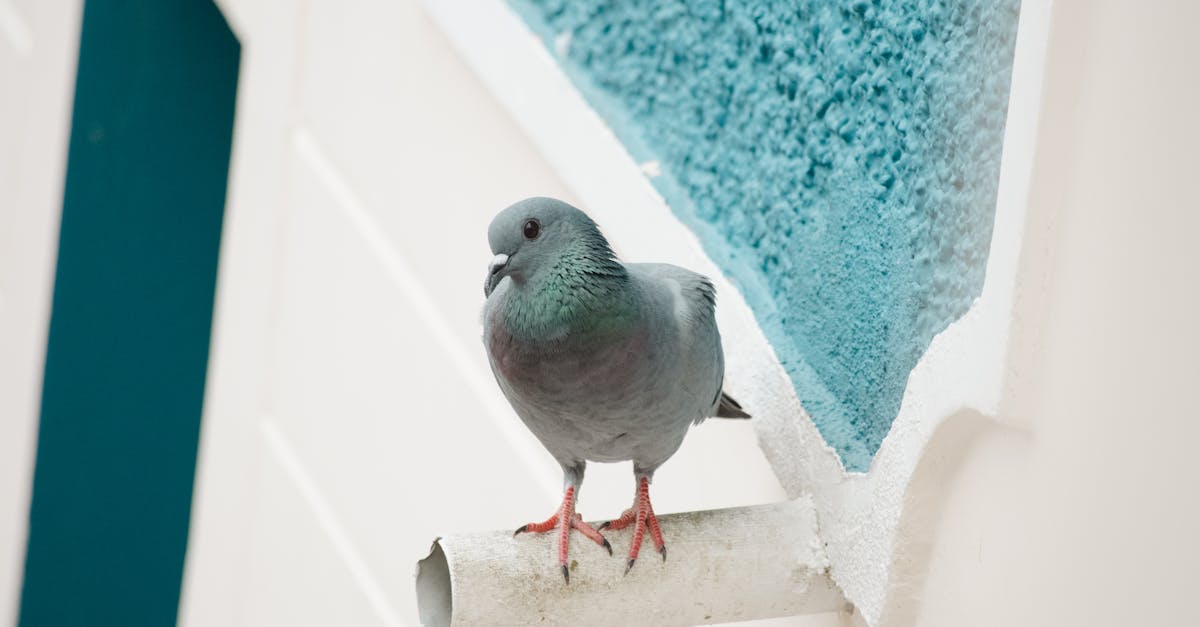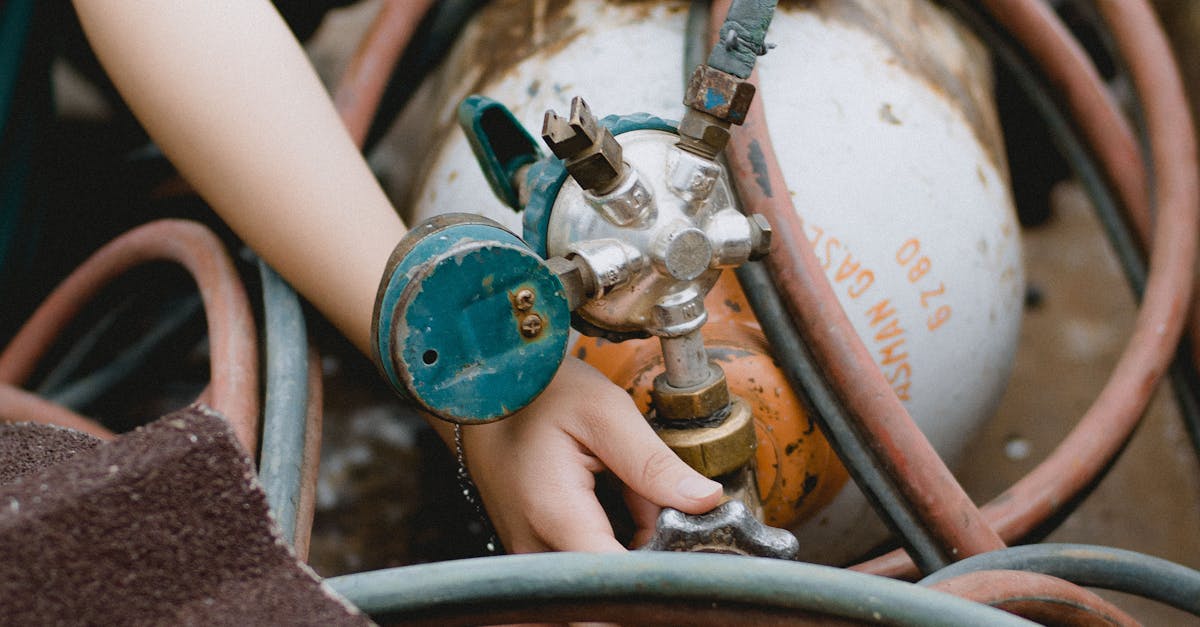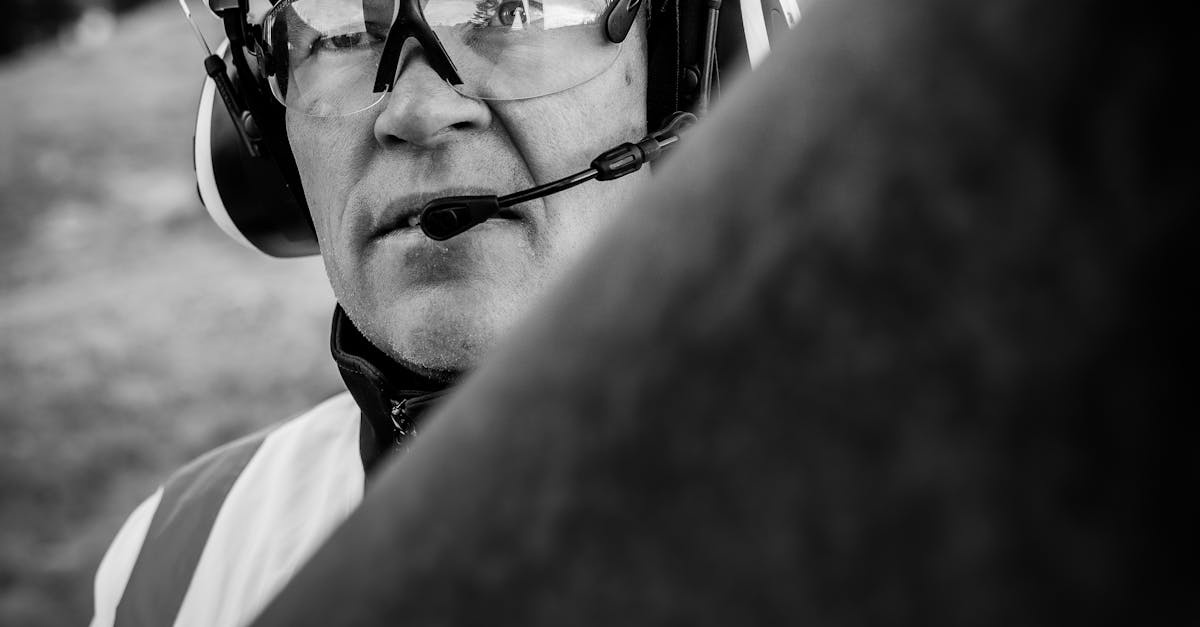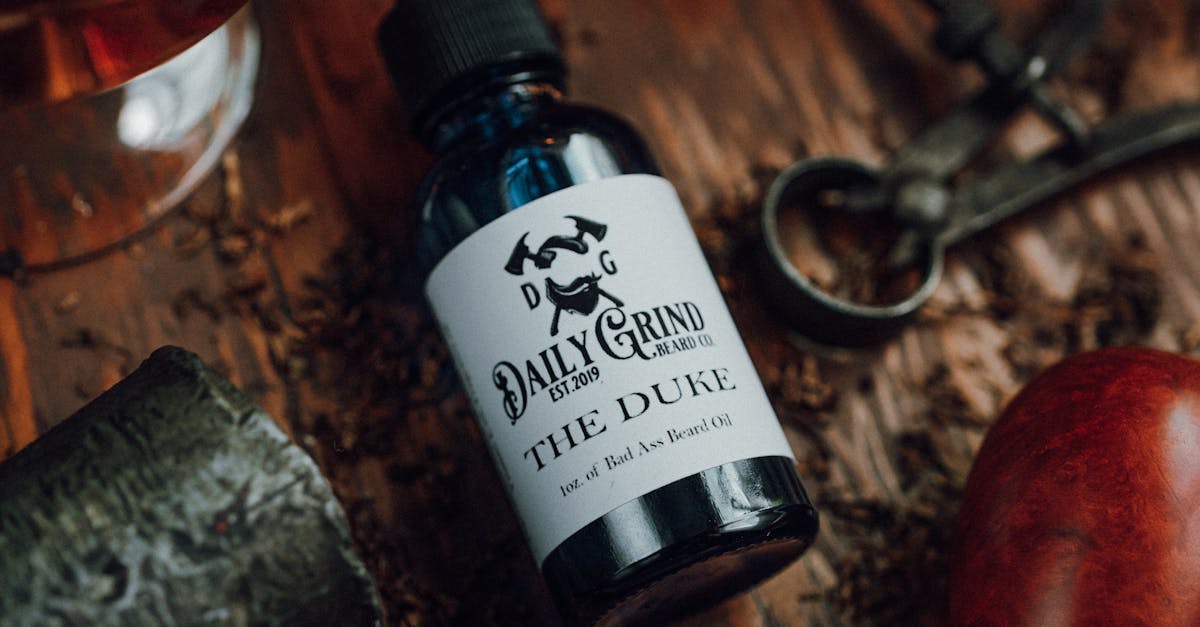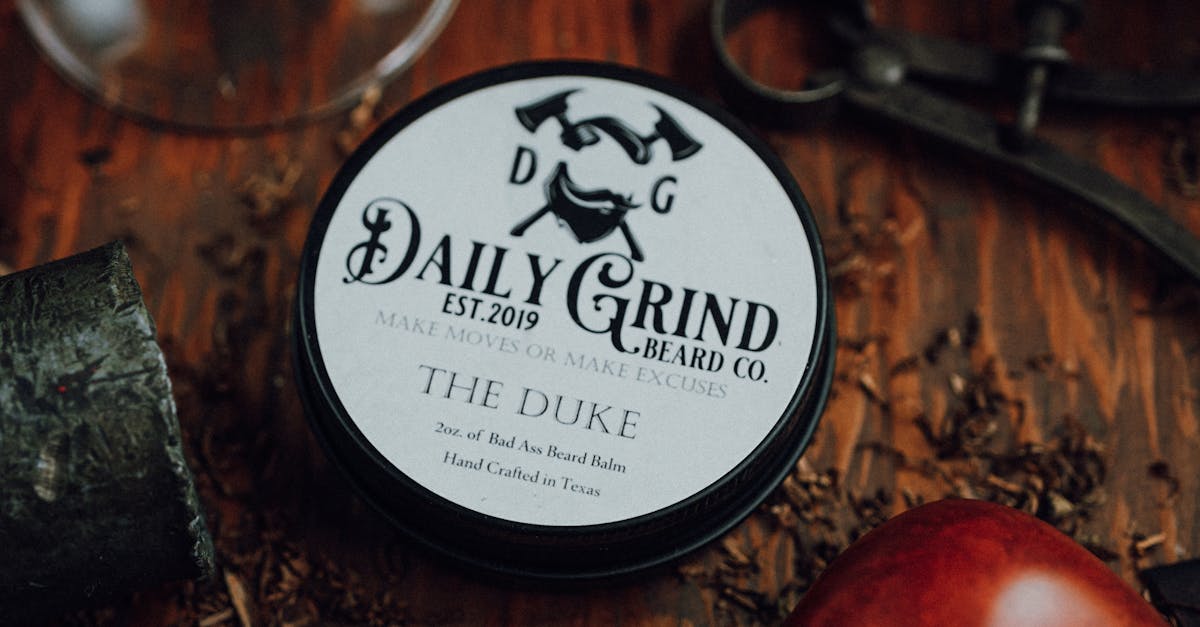
Table Of Contents
Maintenance Tips for Relined Drains
Maintaining relined drains is crucial to ensuring their longevity and functionality. Regular inspections can help identify any potential issues before they escalate. Avoid flushing non-biodegradable items, as these can cause blockages and damage the new lining. Implementing a routine clean using environmentally friendly drain cleaners will also assist in keeping the pipes clear of build-up.
Proper landscaping and drainage around your property will further protect relined drains. Ensure that downpipes and gutters are directed away from the sewer system, reducing excess water flow into the pipes. Consider using pipe relining services to address any minor issues as they arise. By being proactive about maintenance, you can extend the life of your relined drains significantly.
Best Practices for Care and Upkeep
Regular inspections play a crucial role in maintaining relined drains. Scheduling annual checks can help identify potential issues early. A qualified plumber can assess the condition of the relined pipes and suggest any necessary preventative measures. This proactive approach can extend the life of your pipe relining and ensure optimal performance.
Avoiding harsh chemicals is essential for the upkeep of relined drains. These substances can damage the lining material, leading to complications down the line. Instead, opt for eco-friendly cleaners or natural solutions. Simple measures like flushing the system with hot water periodically can help maintain drainage efficiency without compromising the integrity of the relining.
Comparing Drain Relining to Other Methods
Drain relining stands out against traditional repair methods due to its innovative approach. Unlike excavation, which can be intrusive and time-consuming, pipe relining involves inserting a flexible liner into existing pipes. This method effectively creates a new pipe within the old structure, reducing the risk of further damage and minimising disruption to the surrounding area. Homeowners appreciate the efficiency of this technique, particularly in urban environments where roadworks can inconvenience traffic and access.
The advantages of pipe relining extend beyond convenience. It typically offers a longer lifespan for the repaired pipes, making it a more durable solution compared to other methods. Pipe relining materials are resistant to tree root intrusion and corrosion, factors that often lead to frequent repairs in traditional systems. This resilience can translate into cost savings over time, as fewer complications arise after the initial installation, enhancing the appeal of this modern approach to drain maintenance.
Advantages Over Traditional Repairs
Pipe relining offers distinct advantages compared to traditional repair methods. One primary benefit is the minimal disruption to landscapes and properties. Unlike excavation, which can damage gardens, driveways, or pavements, pipe relining can often be completed with little to no surface disturbance. This means homeowners avoid the headache and cost associated with restoring their property after extensive digging.
Another important advantage is the longevity and durability of relined pipes. The materials used in pipe relining are designed to resist corrosion and wear, providing a robust solution for drainage issues. This durability can extend the lifespan of the plumbing system significantly, reducing the need for future repairs. Homeowners often find that investing in pipe relining is more economical in the long run, as it mitigates the frequent maintenance associated with conventional repair techniques.
Cost Implications of Drain Relining
Drain relining is often viewed as a cost-effective solution compared to traditional methods, especially when considering the long-term savings it offers. While the initial costs of pipe relining may seem higher, the method eliminates the need for extensive excavation and associated labour expenses. Homeowners find that the reduced risk of future blockages and the longevity of the relined system further contribute to lower maintenance costs overall.
When budgeting for drain maintenance, it is crucial to factor in the potential savings from choosing pipe relining. Regular upkeep, including inspections and minor repairs, can help prolong the lifespan of the relined drains and prevent unexpected financial burdens. Understanding these cost implications allows homeowners to make informed decisions, ensuring both their immediate and future financial needs are met.
Budgeting for Drain Maintenance
Drain maintenance is an essential part of homeownership, and budgeting for it requires careful consideration. When opting for pipe relining, homeowners should factor in the initial costs alongside the long-term benefits. While the upfront investment may be higher than traditional drain repairs, the longevity and reduced need for ongoing maintenance can save money over time. It is crucial to assess the quality of materials used and the expertise of the professionals performing the work, as these will impact the overall effectiveness and durability of the relined drains.
Planning for future maintenance expenses is equally important. Regular inspections can help identify potential problems before they escalate, extending the life of the relined pipes. Homeowners may also want to set aside a contingency fund for unexpected issues that could arise. By being proactive in budgeting for pipe relining and its upkeep, individuals can ensure their plumbing system remains efficient and functional for years to come.
FAQS
How long can I expect my drain relining to last?
Generally, drain relining can last between 50 to 100 years, depending on factors such as the materials used, the environment, and the overall maintenance of the drains.
What factors can affect the longevity of drain relining?
Factors that can impact the longevity include the quality of the initial installation, the type of liner material used, the level of regular maintenance, and the conditions within the drain.
How can I maintain my relined drains to ensure they last?
Regular maintenance such as flushing drains with water, avoiding the disposal of non-biodegradable items, and scheduling periodic inspections can help prolong the life of relined drains.
Is drain relining more durable than traditional pipe replacement?
Yes, drain relining is often more durable than traditional pipe replacement, as it creates a seamless, corrosion-resistant lining that can withstand various environmental conditions.
Can I perform any DIY maintenance on my relined drains?
While some basic maintenance can be done, such as keeping the drains clear of debris, it’s best to consult a professional for inspections and repairs to avoid damaging the relined pipes.
